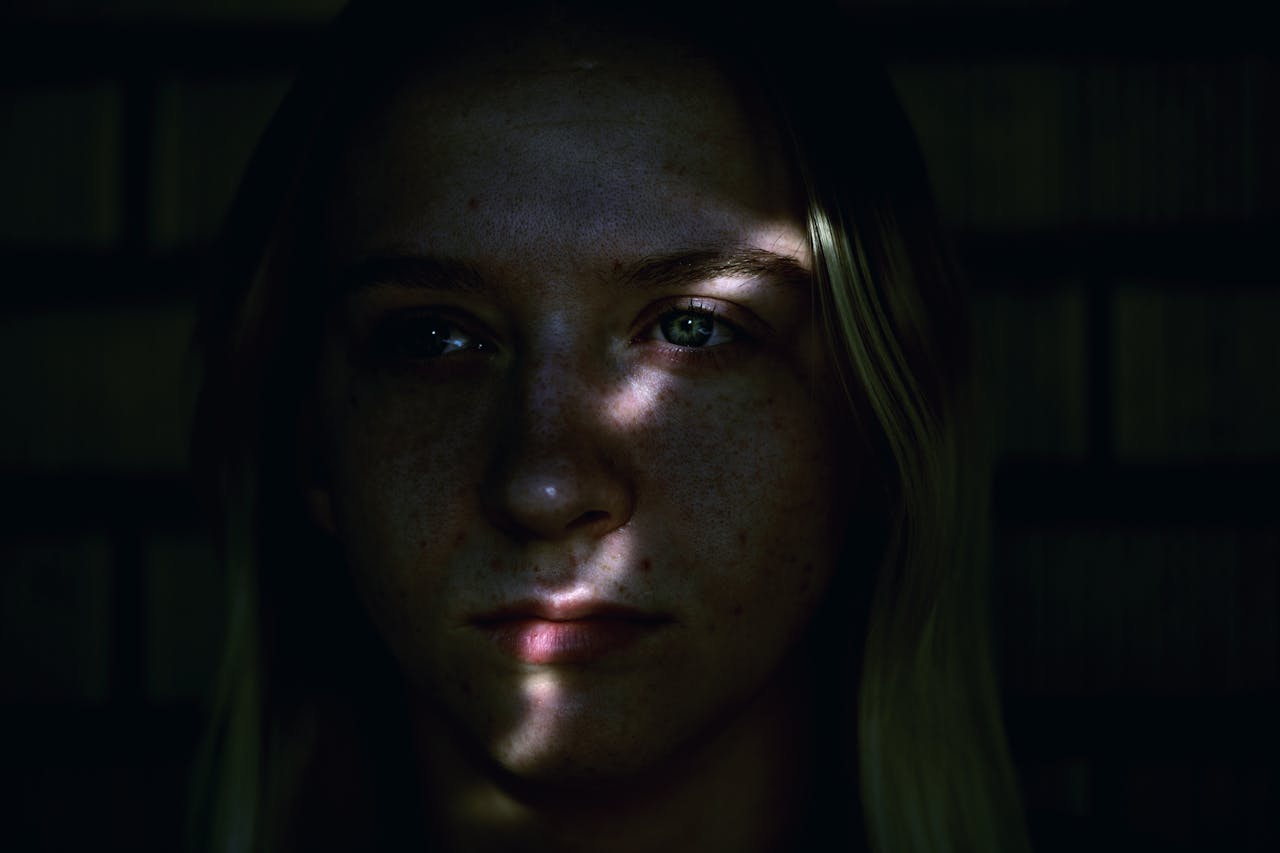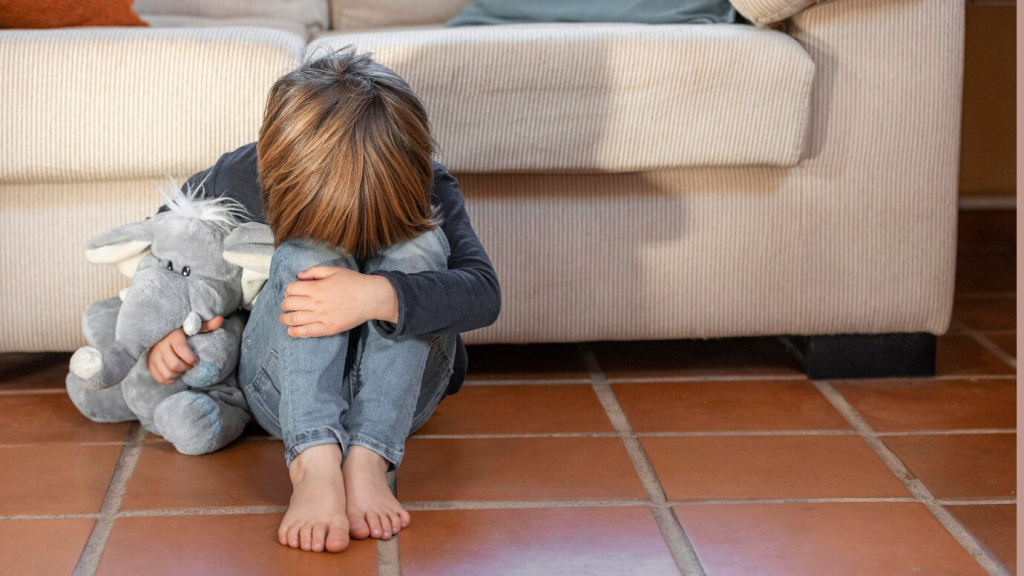Your cart is currently empty!
How Your Brain Hides Painful and Traumatic Memories – And How to Access Them

Trauma has a way of staying with us, even when we think we’ve left it behind. Sometimes, the most painful memories from childhood—whether it’s fear, neglect, or something even worse—get buried so deep that we hardly remember them at all. Our minds have this amazing ability to protect us by blocking out the pain, but in doing so, it can leave us disconnected from who we truly are.
Healing, however, isn’t about hiding the pain. It’s about facing it, understanding it, and finding peace within ourselves. For many, the journey to heal means unlocking these hidden memories and addressing the emotions tied to them. This process isn’t just mental, it’s deeply spiritual—one where we reconnect with ourselves, let go of the past, and embrace the freedom that comes with healing.
How Childhood Trauma Stays With Us

Childhood trauma doesn’t just disappear as we grow older. It can stay with us in ways we don’t even realize, influencing how we act and feel. Things like neglect, abuse, or scary experiences from our past often leave a mark, even if we can’t remember the exact details. The feelings stick around, even when the memories are hard to reach.
People who went through tough times as kids often struggle with things like trust, feeling anxious around others, or having low self-esteem. They may not even know why they feel this way, but it’s something that can affect their relationships and how they see themselves as adults. And since these memories are often hidden deep in the mind, it can be confusing to figure out what’s causing the struggle.
Beyond just emotions, trauma can affect how connected we feel to ourselves. It can leave us feeling off-balance or like something’s missing. That sense of unease might show up in different ways, making us feel like we’re not fully ourselves.
The first step toward healing is recognizing that the past has shaped us more than we might have realized. Once we acknowledge the impact, we can start working on healing those old wounds and moving forward.
How the Brain Protects Us From Painful Memories
Our brains are pretty amazing when it comes to protecting us from things that hurt. When something really painful happens, especially when we’re young, our brain can step in and push those memories way down so we don’t have to face them. It’s a survival tool—our brain’s way of helping us get through tough times.
But while this can protect us in the moment, it can cause problems later. If we don’t remember what happened, we might start to wonder why certain things make us feel anxious, upset, or on edge. Maybe a smell, a place, or even a random event triggers something inside us, and we’re left confused about why we’re reacting the way we do. That’s your brain doing its best to hide the painful memory, even though the feelings connected to it are still there, bubbling under the surface.
It can feel frustrating, like carrying around emotional baggage that you don’t fully understand. It makes you feel weighed down without knowing exactly what’s causing it.
The good news is that once you realize how your brain does this, you can start to untangle those hidden memories and emotions. It’s not always easy, but it’s the first step toward healing and finally letting go of the weight you’ve been carrying for so long.
What Science Is Telling Us About Hidden Trauma
Scientists have been studying how the brain handles trauma, and what they’ve found is pretty eye-opening. Traumatic memories don’t get stored the way regular ones do. Instead, our brain hides them away, almost like locking them up to keep us from feeling the pain.
In one study, researchers gave mice a small shock, like a scary event. When they put the mice back in the same spot later, the mice acted normal, as if nothing had happened. But when the scientists triggered a specific part of their brains, the mice suddenly froze in fear. Turns out, the memory was still there, just buried.
The same thing can happen to us. We might not remember something bad that happened, but certain triggers—like a smell, sound, or place—can bring all those old feelings back. It’s not that the memory is gone; it’s just been tucked away where we can’t easily reach it.
This shows that while our brains do their best to protect us, those hidden memories are still there, affecting how we feel and behave. But once we know this, we can start to unlock those memories and begin the healing process.
Facing Trauma and Finding Peace

Healing from trauma isn’t easy, especially when those memories are hidden deep within us. But facing trauma is the first step toward real peace and wholeness. It’s about reconnecting with the parts of ourselves that we’ve lost or shut off over the years.
When we start to work through buried trauma, it’s like peeling back layers. It can be uncomfortable, and sometimes it feels overwhelming, but it’s necessary to heal. The process might involve therapy, meditation, or even just taking time to reflect on the emotions and reactions that seem to come out of nowhere. The goal is to understand where those feelings are coming from and slowly work through them.
On a deeper level, trauma affects not only our minds but also our energy and spirit. Many people who go through trauma feel disconnected from themselves, like they’re carrying around a weight they can’t explain. Healing isn’t just about remembering what happened—it’s about regaining that sense of balance and feeling whole again.
The healing journey takes time, and it’s different for everyone. But with patience and support, it’s possible to face the past and start living in the present again. Each step forward brings a little more clarity, a little more peace, and a little more of yourself back.
Healing Is a Journey Worth Taking
Healing from hidden trauma is a journey, and it’s not always a straightforward or easy one. But by taking the steps to uncover what’s been buried, we open ourselves up to real growth, peace, and freedom. Trauma, even when it’s hidden, can shape our lives in ways we don’t always understand. The key is to face it with patience and compassion, knowing that each small step brings us closer to feeling more connected with ourselves.
It’s important to remember that healing is deeply personal—there’s no one right way to go through it. Whether it’s through therapy, mindfulness, or simply becoming more aware of your emotions, the path you choose is yours to walk. The most important thing is that you’re taking that first step toward uncovering what’s holding you back and reclaiming your sense of wholeness.
As we learn to confront our trauma, we begin to let go of the weight it carries, allowing us to live more freely, with a deeper sense of inner peace. It’s a journey worth taking, and on the other side of it is the opportunity for a fuller, more authentic life.
